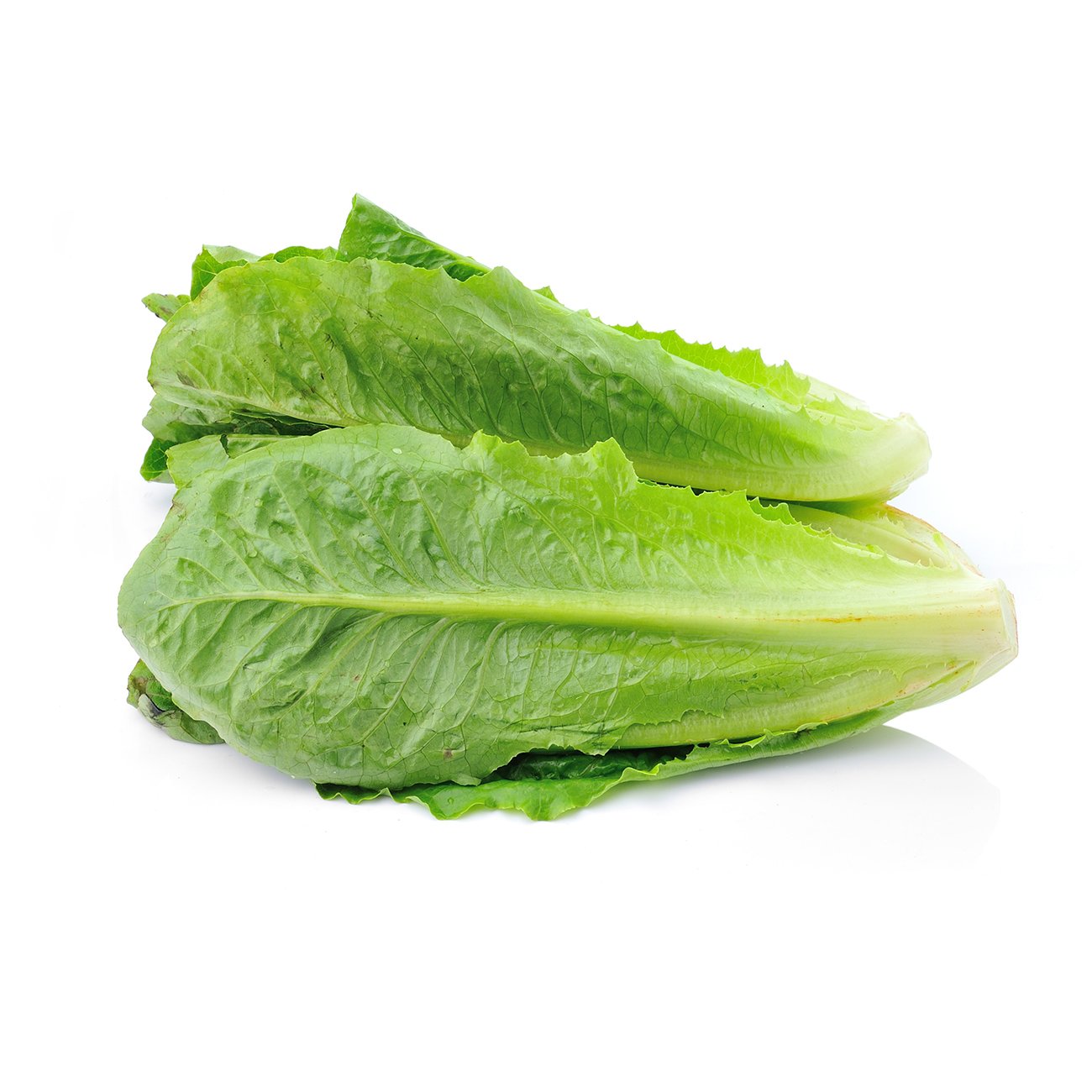Watercress
Slightly peppery and fresh in flavour.
Alternative Name
N/A
Scientific Name
Nasturtium officinale
Health benefits
Bones & joints Brain & nervous system Digestion Heart Hydration Immune system Skin Vision
Watercress is a leafy vegetable with small dark green round leaves that have a peppery flavour. It is used in many cuisines including French, British, Spanish, Indian and Chinese. It is eaten as a salad leaf, but also can be wilted and cooked.
-
Harvesting
Watercress should be bright-green and not limp. Handle carefully to avoid crushing or bruising the delicate leaves. The leaves of watercress quickly become yellow and slimy when improperly handled.Postharvest storage temperature
Watercress should be pre-cooled promptly after harvest either by hydro-cooling or vacuum-cooling. It is not sensitive to low temperature; store as cold as possible without freezing. Watercress can be stored for 2 to 3 weeks at 0 degC.Controlled atmosphere storage
The rate of yellowing can be reduced by storing in atmospheres > 7% CO2 with not less than 5% O2.Ethylene sensitivity
Exposure to ethylene reduces shelf-life due to increased rate of yellowing.Humidity storage
Optimum storage is > 95% relatve humidity. Shelf-life is reduced to 2 to 3 days if stored under low relative humidity.Disease & infection
Harvested watercress is highly perishable. In warm conditions, the stems can become slimy as a result of bacterial soft rot due to erwinia carotovora. It is therefore important that watercress is cooled promptly after harvest. -
Do not peel. Trim before use. Keep in jar of water in fridge with leaves covered by plastic bag.

You might also like
Veggy tip
Watercress adds crunch and spice to salads, and can be cooked or consumed raw. It pairs well with fish and eggs. Discard only the very coarse stalks.


